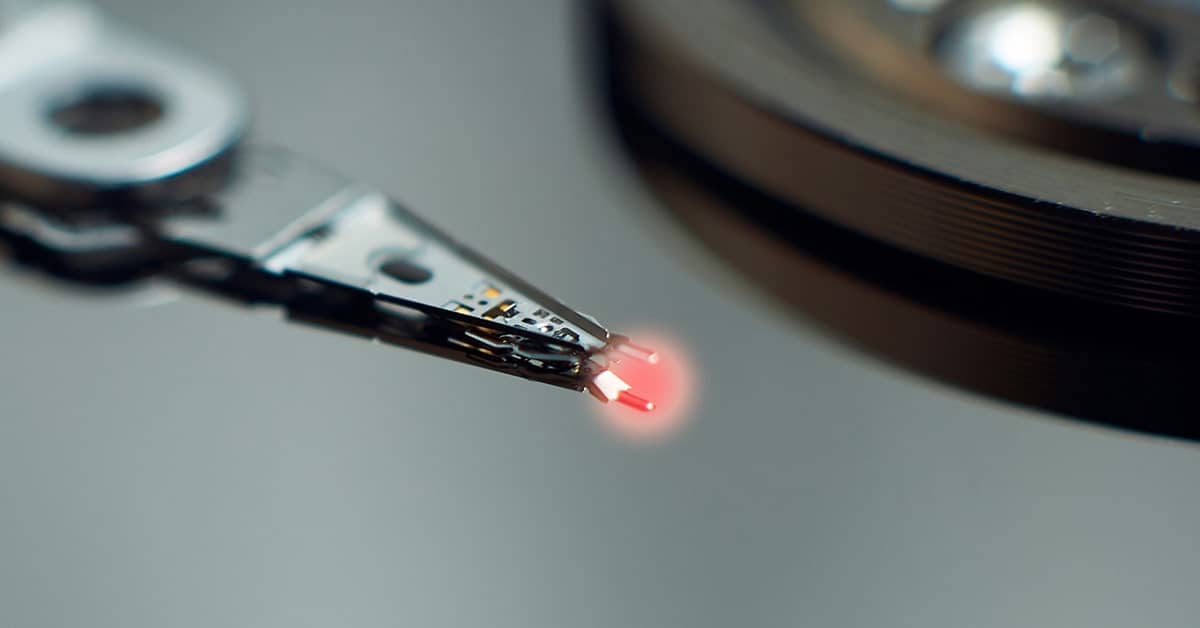HAMR drives let manufacturers ramp up areal density, helping HDDs to maintain the cost advantage over SSDs. If the price is right, HAMR will secure a place for HDD in hyperscale data centers for a long time to come.
The internet-of-things (IoT) is generating a steadily rising amount of data, with the zettabytes set to soar over the coming decade. When it comes to extracting useful insights from this data, step zero is to make sure it’s stored. That takes up a lot of digital storage space, a challenge when the global datasphere already far outstrips the global installed base of storage capacity.
Thankfully, change is afoot: the arrival of the much-anticipated HAMR drives. HAMR (Heat Assisted Magnetic Recording) increases areal density by applying short bursts of heat during the write process. This technique allows manufacturers to hit new capacity milestones. However, the future of HDD depends not just on an increase in density, but a continued decrease in $/TB. If manufacturers can keep prices down in the long run, hyperscalers will continue to have a strong reason to prefer HDD over flash for storing data at scale.
Magnetic Recording In A Nutshell
Hard drives contain one or more (in high-cap drives, a lot more) disks. These disks are made of some material (such as aluminum, glass, or ceramic) which is coated with a magnetic media. Digital information is represented via the polarity of magnetized bits on this media.
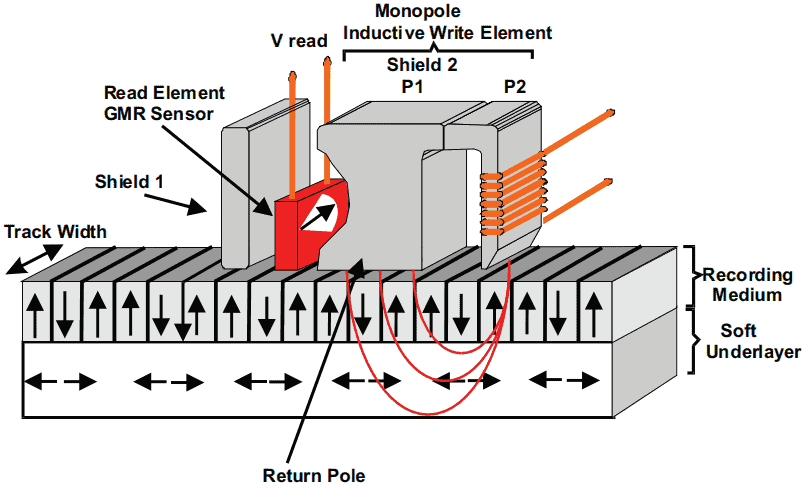
During the write process, the write head applies a magnetic current to flip the bit in the appropriate direction, either up or down, representing 0s and 1s. Since the direction of a bit’s magnetic polarization is perpendicular to the plane of the disk, this is called “Perpendicular Magnetic Recording” (PMR), or “Conventional Magnetic Recording” (CMR).
Think of a bit in a hard drive as a little light switch. For readability, you want the light switch to be pointing directly up or down, rather than at some ambiguous angle. You want the switch to be easy enough to flip that you can set its direction, but hard enough to flip that it stays in the position you choose.
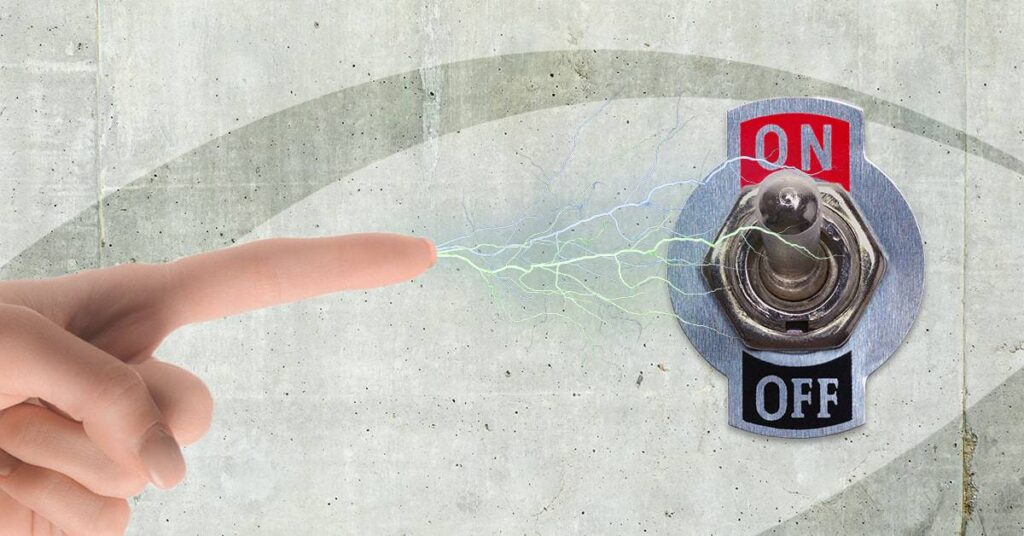
This leads to what researchers at the University of York call the “quadrilemma of magnetic recording”. To write on magnetic media, you want:
- Sharpness of polarization: For readability, our “light switch” must be up or down, and not at an angle.
- Stability: We want the light switch to stay in the position we set it.
- Writability: You need to be able to toggle the switch on and off to write data.
- Density: If you want to store a lot of data in a small space, you’ll need a lot of tiny light switches.
A term from physics will help here. Anisotropy, also called “magnetic hardness”, is the property in which a material tends to keep its polarization. This is important, since you want bits to retain the same magnetic state for a long time, ideally longer than ten years. Anisotropic materials are more thermally stable, but more difficult to write on, hence the tradeoff.
The Density Challenge
While the basic setup of PMR is simple, the devil is in the details. HDD design strives to balance reliability, speed, and cost. All else being equal, drives with more densely packed bits will give greater $/TB savings. With Pure Storage arguing that SSD will soon overtake HDD in total cost of ownership, the stakes are high.
Here’s the problem. The up-down polarization of magnetic grains are less stable at ordinary temperatures when they’re densely packed. This means that you want a more anisotropic material to ensure the magnetic state is stable. However, this stability makes bits more difficult to write upon: our light switch is so “sticky” that it’s hard to toggle on and off. In this analogy, the strength of our finger is analogous to the strength of the magnetic field emitted by the write head. This can only be so strong (around 2 tesla, max).
This challenge has consequences: growth in areal density has stalled, hovering a bit over 1.1 tbpsi (TB per square inch) since 2015.
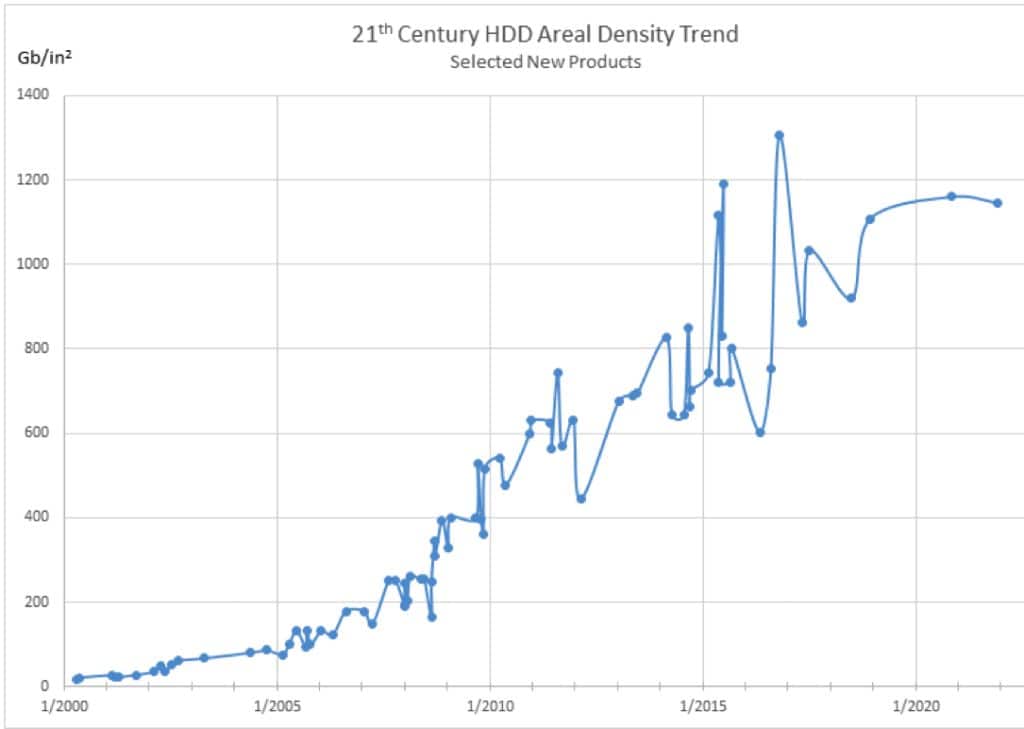
One way to increase drive capacity is by simply squeezing more platters in each drive (the current record is 11), but this increases the bill of materials. Another workaround is shingled magnetic recording (SMR), in which tracks are overlapped like shingles on a roof.
Manufacturers also use various forms of energy assisted magnetic recording (EAMR). Toshiba uses an EAMR variant called MAMR, which applies microwaves alongside the magnetic field during the write process, effectively putting more oomph behind the flipping of a bit’s polarity. While this has the compatibility advantage of using the same recording media as PMR drives, Toshiba has historically lagged behind Seagate and Western Digital where capacity is concerned (though it’s now catching up fast).
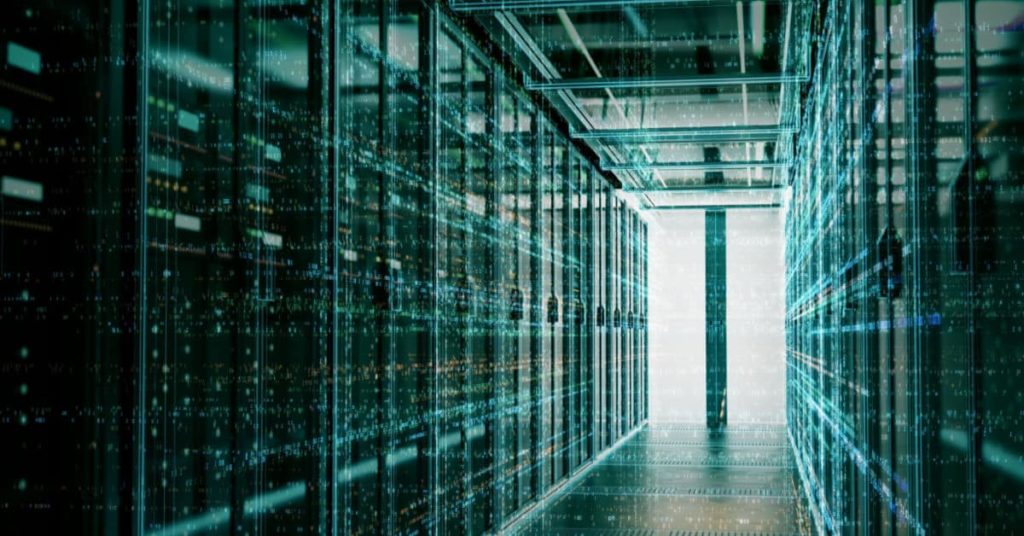
Related Reading
SMR drives have their drawbacks, since their structure means that they can’t take advantage of the speed of random writes. However, SMR drives have become a crucial waystation on the journey to higher capacity drives.
HAMR Drives Bring The Heat
Clearly, a new technique is needed in order to increase areal density. Enter heat-assisted magnetic recording, or HAMR.
HAMR has been a long time coming. The idea has been floating around since the mid-20th century. Seagate has been working on HAMR drives since the 90s, and by the mid-00s, it was mainstream enough to feature in a special issue of the IEEE Proceedings.
To recap, if you want densely packed bits, you need a strongly anisotropic material to ensure thermal stability. But this very stability makes the magnetic material difficult to write upon. Heat can reduce anisotropy, making writing easier, but at the loss of stability.
The solution: use a laser to heat a single magnetic grain near 450°C. Crucially, this heat is applied only during the write process. The heating and cooling is near instantaneous, taking only a nanosecond. Returning to our metaphor, it’s as if we made our light switch looser, but only when we’re in the act of flipping it.
Does it work? While PMR density has hovered around 1.1 tbpsi since 2016, Seagate has already achieved 3TB per platter with HAMR. The firm has achieved 5TB platters in the lab, and believes HAMR will ultimately enable areal densities of 10 tbpsi.
Engineering Challenges
Of course, HAMR drives aren’t without their challenges. Some of these challenges are the same as for normal drives. For instance, you need HAMR drives to match the current 2.5in and 3.5in form factors. You also want the read process to be reliable in order to avoid data corruption, which becomes more difficult as density increases.
Thermal noise is also a challenge for HAMR drives. When you apply a high temperature to a magnetic bit, you want to ensure that the heat doesn’t destabilize the state of nearby bits. This requires a lot of finessing, limiting the heat applied by the laser to a defined area, and for only a short burst.
Finally, there’s a more mundane challenge: gunk. Contaminants, known as “smear”, can build up near the write head’s field transducer. Lasers exacerbate this problem, since they can actually trap microscopic particles (deliberately applied, this same effect is used to make “optical tweezers”, which allows one to apply precise forces to small particles). Potential fixes include minute adjustments in the write-head distance and tweaking the design of the field transducer.
Bringing Down Costs
Price is everything. Increased areal density is of limited use for business if it costs an arm and a leg. After all, if HAMR drives prove too expensive, why not just use flash instead?
What determines the price of HAMR drives? Obviously, HAMR drives include new components, such as the lasers (though these might not add much to cost). HAMR drives also require special recording media, since you want highly anisotropic material.
However, there are a few things to keep in mind. Some of the extra cost is the necessary research, which has been expensive and long-running. While we don’t know just what HAMR drives cost to manufacture, Seagate has clearly determined that it’s worth the capex, and that firm is no spring chicken.
Analyst Tom Coughlin, at least, is optimistic. He believes that HAMR prices are currently around $11.5/TB, but that this will reduce to $4/TB by 2029.
Secondly, what matters is not just the bill of materials, but how that bill of materials scales with capacity. Even if production costs are high early on, these costs may eventually become worth it as areal density soars and $/TB declines. Seagate, for one, is optimistic. It points out that it’s easier to increase the density of HAMR drives, as you no longer need to stick in extra platters. The reduced bill of materials may also allow for cheaper production of lower capacity drives. A 5-platter 20TB HAMR drive will have a cheaper bill of materials than a 10-platter 20TB PMR drive.

It’s an open question how much of these savings will reach the customer, however. “It’s not that we need to give all that cost to customers. We give a little bit of that cost benefit to customers and the rest of the benefit should stay with Seagate”, Seagate CFO Gianluca Romano recently indicated.
The HAMR Drive Roadmaps
The potential of HAMR drives has led to big ambitions.
Seagate’s first HAMR drives, released in 2024 as part of their Mosaic 3+ HDD platform, are 30+TB. The firm now plans to produce 40+TB drives by the end of 2025. From there, Seagate plans on manufacturing 50TB drives and beyond. While there are no specific release dates for these higher capacity drives, CEO Dave Mosley says there will be a gap of 18-20 months between HAMR capacity increases, as opposed to 12-15 months for PMR.
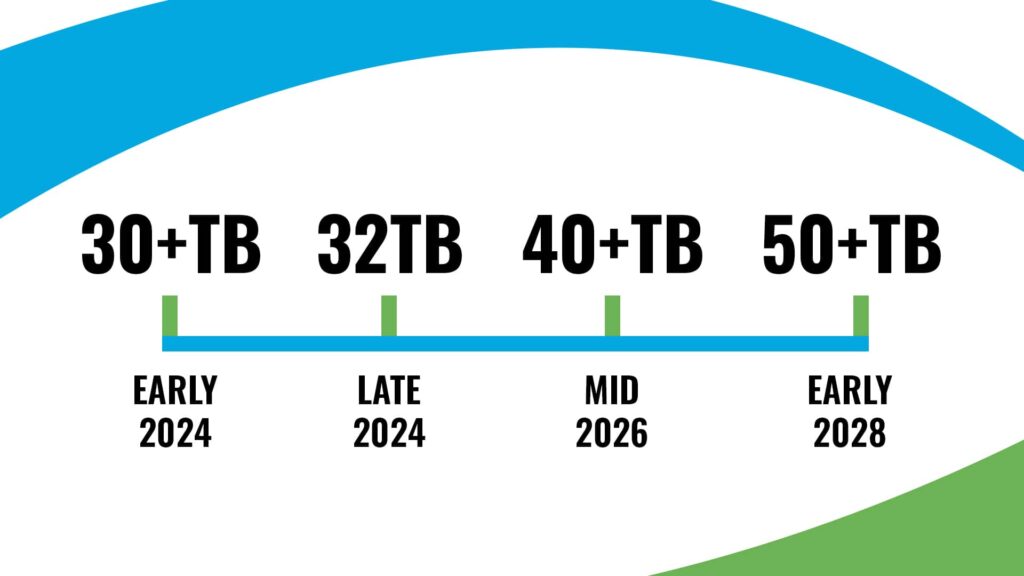
In a major milestone, Seagate has also announced that at long last, it will ship stand-alone HAMR HDDs in volume. The Exos M 32TB drive, which was crafted with an eye towards AI and data-intensive applications, claims 3x power efficiency compared to typical drives.
As for other manufacturers, Toshiba has demonstrated a 32TB HAMR drive, and plans to ship samples of HAMR drives in 2025 to select customers. Western Digital, one-time proponents of MAMR, have also suggested that they will eventually take the HAMR route.
While WD does not currently sell HAMR drives, Tom Coughlin believes they could create them fairly easily by buying heads from TDK and media from Resonac. Coughlin believes HAMR is the future of HDD, and projects that by 2027, more than half of shipped HDDs will use HAMR.
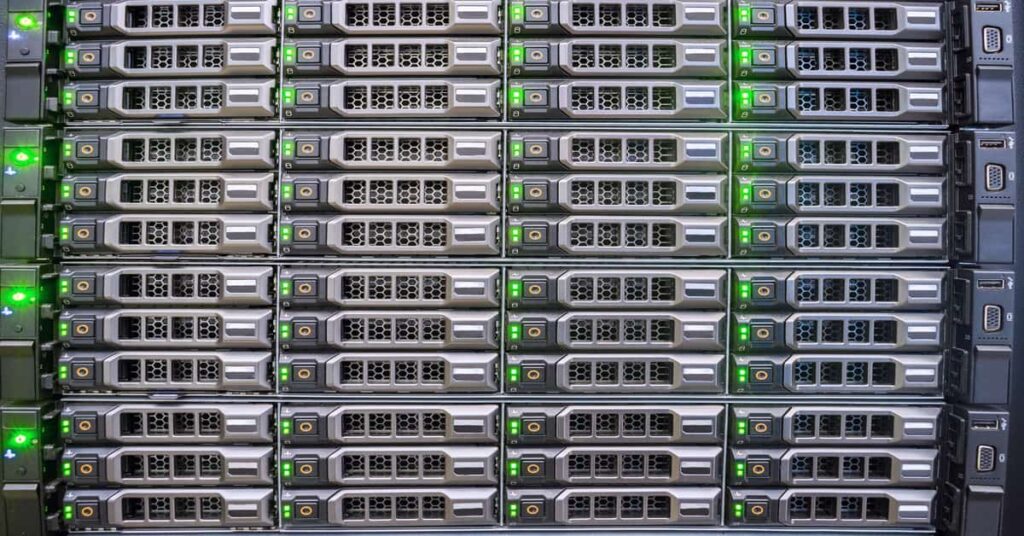
Related Reading
No tech is an island, and HAMR drives will intersect with lots of emerging advances. Seagate is pairing its HAMR drives with its self-healing technology to shape the future of JBOD.
If I Had A HAMR
Sure, HAMR tech faces some unknowns: the all-important pricing situation, the pace of capacity increase, and whether the surge in HDD demand will continue. However, the future HAMR drives is bright. HAMR is a novel solution to an old engineering puzzle: how to balance stability, writability, readability, and density in magnetic media. If manufacturers play their cards right, and keep costs down, HDD will maintain a crucial role in the storage mix potentially for decades to come.
Buy new drives, reuse the old: one is silver and the other gold. Contact Horizon to see how you can manage the lifecycles of your storage hardware.






